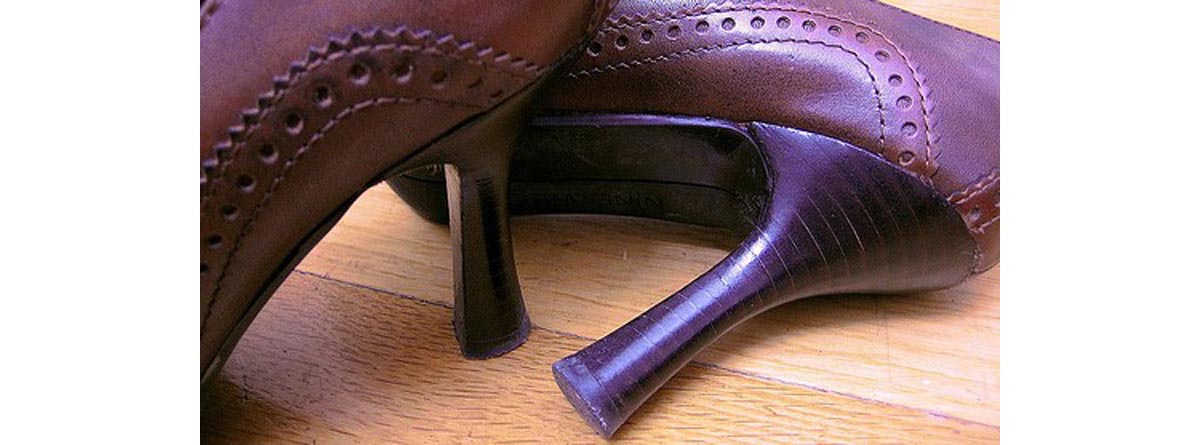Table of Contents
As with any exercise class, there are risks involved to high heel workouts.
The most obvious of these is the chances of tripping and falling
Even if you've not had a few cheeky glasses of wine or one too many cocktails, you can still be slightly unsteady on your feet when walking around in heels. Couple that instability with moving at a fast pace around an exercise studio, while trying to walk with perfect posture, avoiding collisions with other class attendees and adding in extra movements and it could be a recipe for disaster.

It goes without saying that if you’re not used to wearing heels, you should either avoid these classes and just try breaking them in at home, or find a class that caters specifically for beginners.
The second main issue is the risk of developing poor posture
One big issue with high heels is that they push you into an anterior posture. As your heels are raised, your center of gravity moves. Instead of being in an optimal position over the base of your heels, it’s now over your mid-foot and toes. To compensate, your body pushes forward slightly by anteriorly tilting your pelvis, otherwise known as a “duck butt.”
Not only is this bad for your lower back, but it effectively turns off your core muscles, unless you concentrate really hard on keeping them tight and not letting your hips sag forward.
Your calves also take a beating
In high heels you’re pretty much performing a static standing calf raise all the time. This might sound great – “fantastic, I’ll get lean, slender, firm calves” you probably think, but be warned – holding your calves in this position for so long can lead to excessive tightness.
Do other exercises too and break yourself in gently
If you’re going to attend a high heel class, it’s absolutely crucial that you do other exercises too and break yourself in gently
Just try one 30 to 45 minute class each week and build up the intensity gradually. Extra core stabilization work, through exercises such as planks, side planks, and rollouts are a must too, as are other leg moves. Simply walking round in your heels won’t cut it – you should be squatting, lunging, deadlifting, or performing bodyweight moves such as glute bridges and step ups too.
One final pointer – never try to run in heels
It may sound obvious, but if you’re bitten by the high heel class bug, there’s a danger you’ll be tempted to start taking them on the treadmill. No matter how good your balance and posture are, running in heels is likely to lead to some kind of injury, and even a pair of Manolo Blahniks can’t make a broken leg look better.
- "These Workouts Offer a Chance to Really Pump It Up"
- By Dr. Erica E Phillips
- Published on February 1, 2013
- Accessed on May 9th, 2013
- Retrieved from http://online.wsj.com/article/SB10001424127887323854904578261831621279340.html


Your thoughts on this